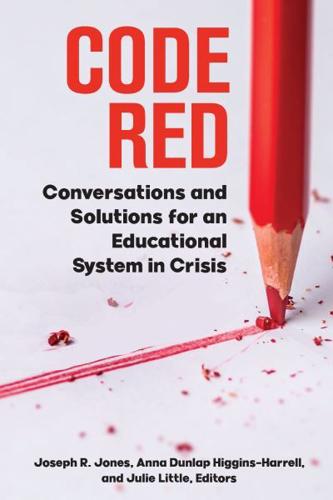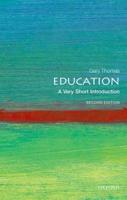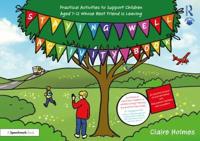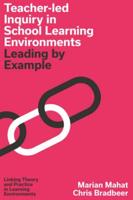Publisher's Synopsis
In schools, a Code Red alert indicates a potential or immediate threat within a building or on a campus and is the signal for a full-scale lockdown of all classrooms. This book, Code Red: Conversations and Solutions for an Educational System in Crisis, presents a variety of voices from teachers, administrators, teacher preparation faculty, college supervisors, and pre-service teacher candidates. These voices are crying "Code Red" because they want a broken system repaired. For them, the system is bleeding, cancerous, and in turmoil, with the expectation that they work under arduous and often dangerous conditions; teachers are underpaid, devalued, exhausted, voiceless, and abused. They face an environment in which politics has replaced learning, students are failing and, in extreme circumstances, walking away from schools or even committing suicide. The political discourse is wrestling control from teachers in certain states. Neurodivergent students are being pushed aside. The altruistic profession of teaching is being reduced to factory work, in which teachers--especially those in their first five years of service--are leaving the profession at staggering rates. The profession itself is at risk of becoming obsolete.The contributors to Code Red believe that the American educational system has entered a moment of crisis. Their voices need to be heard, and their stories and lived experiences should be recognized. The adage is true: the answer to any problem resides with those who own the problem. We cannot create solutions without owning that these issues exist, and all of America owns the education of our children. Therefore, this book provides a dialogic space where everyone involved in the American educational system can reimagine the possibilities of our system and, through this process, begin creating positive and sustainable changes to bring our system out of crisis. In addition to providing a vivid picture of the current state of public schools, the book offers real solutions that can be used to produce healthier, more successful classrooms. It is an invaluable tool for instructors, pre-service teachers, and Colleges of Education administrators.









